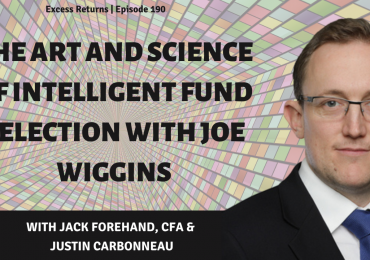An article in CFA Institute highlights a “disappointing” statistic from a Gallup survey: “31% of investors would prefer to sit in gridlock than rebalance their portfolios,” and argues that “systematic rebalancing is one of the few opportunities for a nearly ‘free lunch’ that the markets offer.”
The article notes that year-end 2018 was a good time to rebalance, that the market’s decline “gave investors an opportunity to buy at lower prices, which should lead to higher risk-adjusted returns over time,” adding that corrections of that magnitude (the stock market declined by 13% in the fourth quarter) are “surprisingly common.”

But despite the fact that the data shows the benefits of rebalancing, the article says, evidence shows that most investors don’t do it. “They buy assets that recently outperformed and sell those that have disappointed. This reactive behavior costs them dearly.”
The article cites concepts outlined by Nobel laureate Daniel Kahneman in his book Thinking, Fast and Slow regarding the human decision-making process and “why investors might make choices that are harmful to their portfolios.”
“So, while 2018 was indeed a difficult year for investors all around,” the article concludes, “it also reaffirmed certain conventional principles of good investing: Have an asset allocation policy that doesn’t keep you up at night, rebalance back to the target asset allocation after market declines, and be on the lookout for opportunities to harvest tax losses.”








